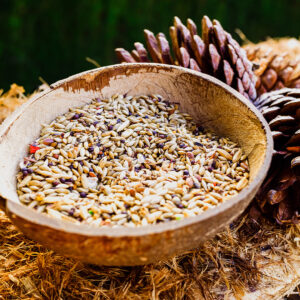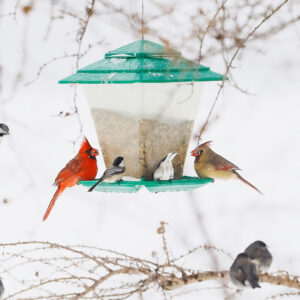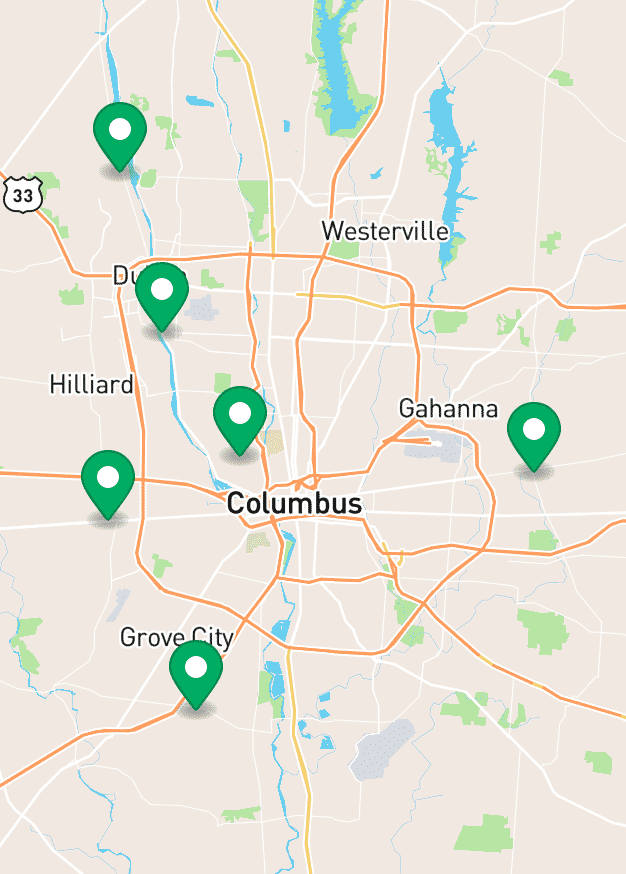Setting Up the Perfect Bird Feeding Station for Winter Wildlife
Winter is challenging for birds, with natural food sources becoming scarce. Setting up a bird-feeding station provides much-needed sustenance for winter wildlife. It brings life and activity to your outdoor spaces. With a bit of planning, you can create a bird-friendly haven that attracts a variety of species and keeps them nourished through the colder months.
Why Feed Birds in Winter?
During the winter, birds expend extra energy to stay warm, making high-calorie food essential. A well-stocked bird-feeding station can help local and migratory birds survive freezing temperatures and harsh conditions. Additionally, feeding birds supports biodiversity and offers a front-row seat to observe their fascinating behaviors.
Essential Components of a Bird Feeding Station
Feeders
Choose a mix of feeder styles to accommodate different bird species and feeding habits:
- Hopper Feeders: Versatile and easy to fill, these feeders attract birds like cardinals, chickadees, and finches.
- Tube Feeders: Perfect for smaller birds like finches and nuthatches, these feeders keep seeds dry and accessible.
- Suet Feeders: Suet cakes provide energy-rich food for woodpeckers, nuthatches, and wrens.
- Platform Feeders: Open trays appeal to ground-feeding birds like juncos and mourning doves.
Consider using shepherd’s hooks from brands like Panacea to hang feeders securely and add visual appeal.
Seed Mixes
Offering the right seed mix can attract a delightful variety of birds to your feeders. At Strader’s, we proudly carry Sommers Bird Seed, known for its premium blends tailored to the diverse tastes of local bird species. Here’s what we offer:
- Economy Mix: A budget-friendly blend to attract a wide range of birds.
- Choice Mix: A balanced selection for finches, sparrows, and other backyard favorites.
- Deluxe Mix with Fruit: A premium mix enriched with dried fruits to attract colorful species like orioles and tanagers.
- Finch Mix: Specifically designed to appeal to goldfinches and purple finches.
- Woodpecker Mix: High-energy seeds and nuts perfect for woodpeckers and nuthatches.
- Cardinal Mix: A favorite of cardinals, packed with their preferred seeds like safflower.
- Critter Mix: A blend for both feathered friends and ground-dwelling wildlife like squirrels and chipmunks.
- Nyjer (Thistle) Seeds: Tiny seeds loved by finches and other small songbirds.
- Safflower Seeds: A cardinal favorite that naturally deters squirrels.
- Black Oil Sunflower Seeds: A classic, high-fat seed suitable for a variety of bird species.
- Peanuts (Shelled or Whole): Perfect for jays, woodpeckers, and other nut-loving birds.
By choosing Sommers Bird Seed at Strader’s, you can provide a nutritious and appealing buffet for your feathered visitors.
Bird-Friendly Landscaping
Incorporate native plants that provide shelter and food:
- Berry-producing shrubs like winterberry or holly offer natural food sources.
- Dense evergreen trees protect birds from predators and harsh weather.
Water Source
Even in winter, birds need water for drinking and bathing. A heated birdbath ensures water doesn’t freeze and keeps your station bustling with activity.
Tips for a Successful Feeding Station
- Place Feeders Strategically: Position feeders near shrubs or trees to shelter birds while avoiding spots easily accessible to predators.
- Keep Feeders Clean: Regularly clean feeders to prevent the spread of disease.
- Prevent Squirrels: Use squirrel baffles or squirrel-proof feeders to keep the focus on birds.
- Observe and Adjust: Monitor which seeds and feeder styles attract the most activity and adjust accordingly to keep your feathered visitors coming back.
Plan for Winter Birding
As the colder months approach, now is the perfect time to set up your bird-feeding station. Stock up on quality seed, durable feeders, and shepherd’s hooks to create a welcoming environment for Ohio’s winter bird species. With thoughtful preparation, you’ll support wildlife while enjoying the beauty and joy they bring to your yard all season.














